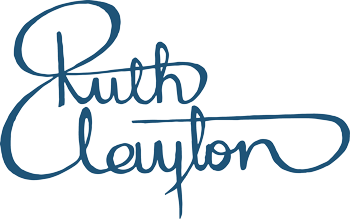Watercolour pencils are a versatile tool that can add depth, detail, and texture to your watercolour paintings. Whether you’re a beginner or an experienced artist, incorporating watercolour pencils into your creative process can open up a world of possibilities. In this blog post, we’ll explore how watercolour pencils can aid in watercolour painting, including techniques like spattering and blending and also creating your own colour palette for outdoor sketching.
What are watercolour Pencils?
watercolour pencils are pencils with a water-soluble pigment core, allowing you to draw or sketch with them like traditional coloured pencils. However, when water is applied, the pigment dissolves, creating a watercolour-like effect. This versatility makes watercolour pencils a valuable tool for artists looking to add fine details or enhance their watercolour paintings.
Using watercolour Pencils as an Aid in watercolour Painting:
Sketching and underdrawing: Watercolour pencils are excellent for sketching out your composition or adding preliminary lines and details to your watercolour paper. Since the pigment dissolves in water, you can easily incorporate the sketch into your painting without worrying about visible pencil marks.
Adding Detail: watercolour pencils allow for precise detailing in your paintings. You can use them to add texture to foliage, define intricate patterns, or create fine lines and accents.
Layering and Blending: One of the advantages of watercolour pencils is their ability to layer and blend colours. You can gradually build up layers of colour to achieve depth and dimension in your paintings. By blending colours with a wet brush, you can create smooth transitions and gradients.
Spattering: Spattering is a fun and dynamic technique that adds texture and interest to your watercolour paintings. To spatter with watercolour pencils, simply flick the tip of a wet brush over the coloured end of the pencil pigment onto your paper. This creates a splatter effect that can mimic the appearance of flowers, grasses, splashes in water or other textured surfaces.
Tips for Using watercolour Pencils:
Why not create your own ‘pan-like’ pallete by creating squares of colour on a separate piece of watercolour paper that can be easily slipped into your sketchbook. Using a damp brush, just lift off some of this colour when needed. See my video for more on how this can keep your materials down to a minimum when out sketching.
Experiment with different paper surfaces to see how they interact with watercolour pencils.
Use a light touch when sketching or adding detail to avoid indenting the paper.
Test colours and techniques on a scrap piece of paper before applying them to your painting.
In conclusion.
Watercolour pencils are a valuable tool for artists seeking to enhance their watercolour paintings. Whether you’re adding detail, layering colours, experimenting with spattering techniques or creating your own colour palette, watercolour pencils offer versatility and creative potential. By incorporating watercolour pencils into your artistic practice, you can elevate your watercolour paintings and bring your artistic vision to life with precision and flair.
If you’ve liked my hints and tips this month and you’d like to learn more, why not take a look at my online courses
VIEW MY ONLINE COURSES


